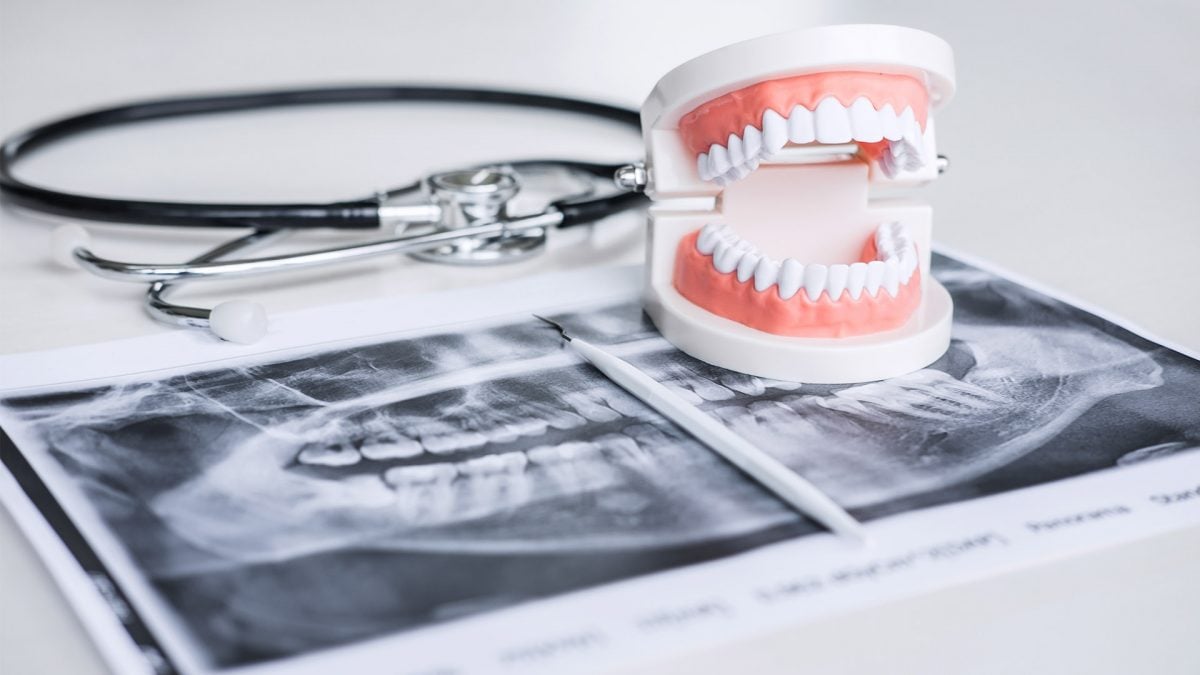Masticatory muscle evaluation in patients with crossbite after rapid palatal expander treatment
In case of posterior crossbite, Teethan is employed to perform reliable measurements to establish temporomandibular muscles health status before, during and after a specific treatment. In their clinical case, indeed, Maddalone and colleagues kept track of any muscle pattern strategies changes thoughout a Rapid Palatal Expander (RPE) treatment of posterior crossbite in a 11-year-old using Teethan’s Occlusal Test. It was used in the following time points:
-Before treatment (T0)
-1 month after RPE (T1)
-4 months after resolution (T2)
An unfavorable modification of the muscular patter was witnessed going from T0 to T1 due to the rapid occlusal variation to which the patient is subjected during treatment. Nevertheless, initial balance was restored in T2, showing the child’s ability to return to a condition of well-being and neuromuscular equilibrium, probably thanks to the high neuro-plasticity typical of that age. Monitoring temporal and masseter muscle activity and their evolution after treatment has led to the conclusion that, when dealing with posterior crossbite in a younger population, an early intervention is desirable, in order to exploit the high adaptability of the young musculoskeletal system.
Moreover, through the assessment of temporomandibular muscle activity, clinicians can get a deep and thorough understanding of the efficacy of a crossbite treatment, such as RPE. Teethan allows dental practitioners to do so in a quick and easy way, providing an intuitive report of temporal and masseter muscles’ functionality with regards to the specific pathology and relative treatment.
References
Maddalone M, Nanussi A, Varisco M, et al. Electromyographic Evaluation of Masticatory Muscles in a Young Patient with Crossbite Treated with Rapid Palatal Expander: A Case Report. J Contemp Dent Pract 2020;21(11):1279–1283.



